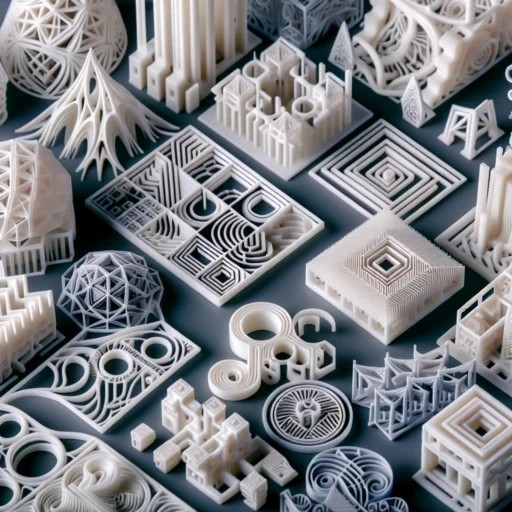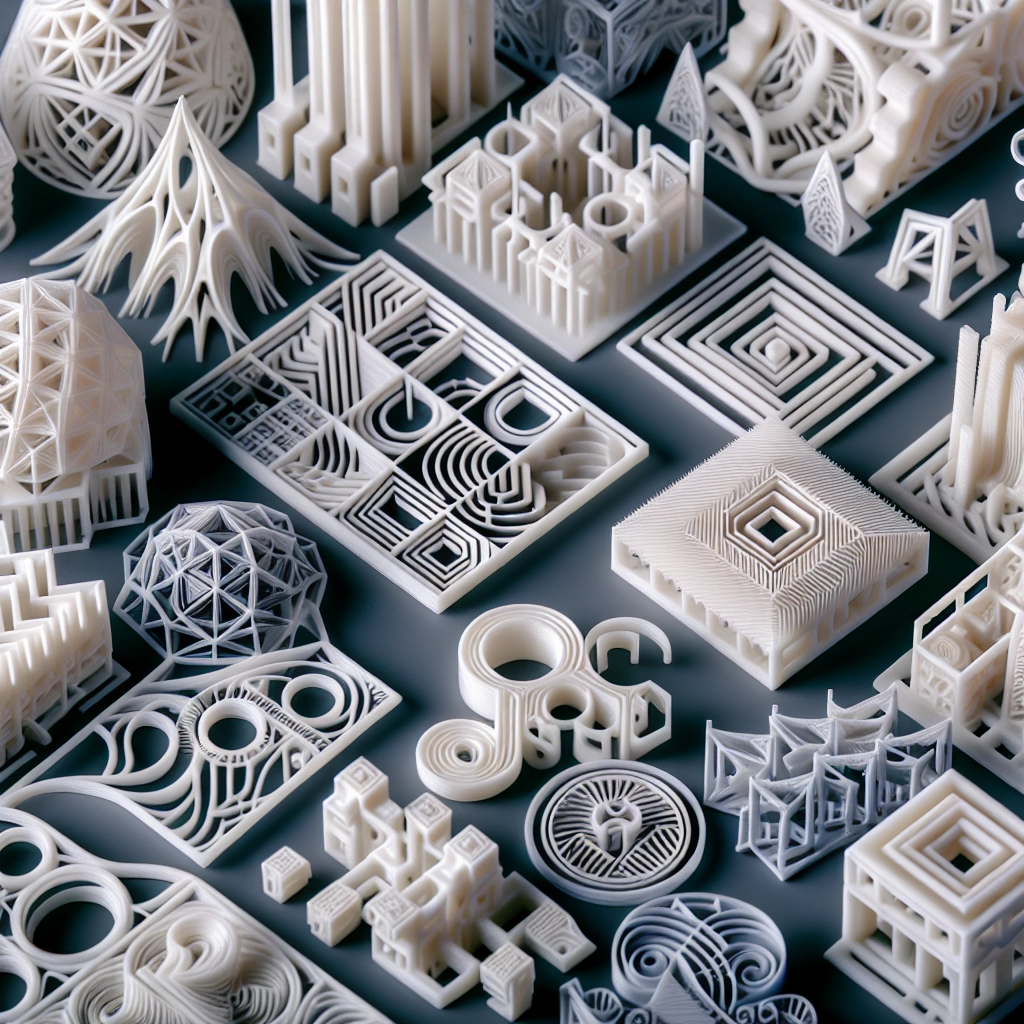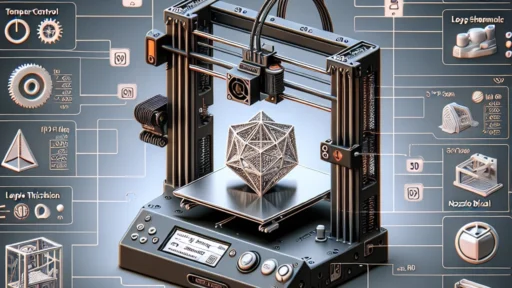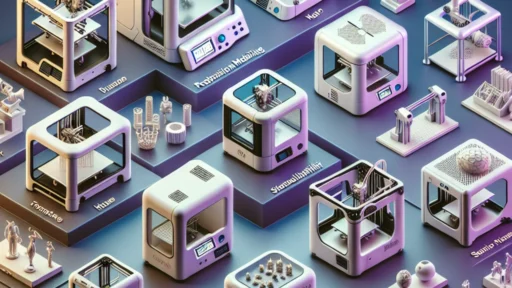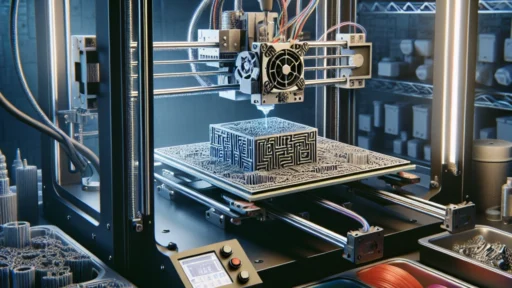Exploring the Artistic Side of 3D Printing
When you think of 3D printing, what comes to mind? Perhaps it’s the industrial applications, like creating automotive parts or medical devices, or maybe the DIY projects that pop up on social media. But what if I told you that there’s a vibrant and burgeoning artistic side to 3D printing that’s transforming the way we create and experience art? Buckle up as we dive into the fascinating world of art and creativity enabled by this cutting-edge technology.
A New Canvas for Artists
In the past, carving wood, sculpting clay, or molding metal were the go-to methods for creating art. While these traditional techniques are still highly respected, 3D printing offers something unique: accessibility and versatility. Artists now have a broader palette of materials to work with, from plastics to metals and even biomaterials. This shift allows for experimentation without the prohibitive costs often associated with traditional sculpting methods.
Imagine a sculptor who can design intricate structures using software and then simply press “print” to bring their vision to life. No need for heavy machinery or complicated tools; just pure creativity brought into existence in a matter of hours. This democratization of artmaking means that more people can participate in the creative process than ever before.
Making the Invisible Visible
One of the most fascinating aspects of 3D printing is its ability to visualize concepts that were once intangible. For instance, artists and designers can create representations of complex data or scientific phenomena. Think about anatomical models that represent the human body in ways that educate and engage. These tangible pieces of art can bridge the gap between science and creativity, drawing in viewers who might not otherwise be interested in either field.
Take the work of artists like Alison Smith and David Lemon, who have used 3D printing to make vibrantly colored pieces that play with light and shadow, offering the viewer a new perspective and a way to understand their work on a deeper level. Here, art transcends mere visual appeal; it’s an invitation to explore the boundaries of knowledge and perception.
Collaborations Across Disciplines
The fusion of technology and art has led to exciting collaborations across various disciplines. Designers, architects, and engineers join forces to create breathtaking structures that previously existed only in the realm of imagination. The Art Institute of Chicago recently showcased an exhibit called “3D Printed Sculpture” that brought together artists and technologists. In this space, innovative projects like the famous 3D-printed bridge were displayed, blurring the lines between functional and aesthetic design.
Artists can manipulate materials and design forms on a computer screen, and engineers ensure that these pieces are not only visually stunning but also structurally sound. This collaboration offers a glimpse into what the future of our built environment might look like—integrating beauty with functionality in ways we never dreamed possible.
Accessibility and Affordability
One of the most exciting aspects of 3D printing in the arts is how accessible it is becoming. Community makerspaces and online resources are popping up everywhere, allowing people from all walks of life to experiment with 3D modeling and printing. Websites like Thingiverse provide users with open-source designs that they can tweak and modify, bridging the gap between experienced artists and beginners.
With this growing support, artists no longer need to be industry insiders to create dazzling works. Instead, vast networks of online tutorials and forums empower aspiring creators to teach themselves the ropes of 3D design. This accessibility is revolutionizing the art world—fostering a generation of artists who are innovative and willing to explore the unexpected.
A Glimpse Into the Future
As we look to the future, the artistic side of 3D printing will only continue to expand. We can anticipate new materials, improved printing techniques, and yet-to-be-discovered applications that will further challenge our understanding of art and creativity. Imagine the potential of bio-printed art or the incorporation of artificial intelligence to generate unique, algorithmically designed pieces that adapt over time.
Ultimately, 3D printing isn’t just a tool—it’s a whole new way of thinking about creation. It captures the essence of modern art: a fusion of technology, imagination, and expression. As artists continue to push the boundaries, one thing is certain: the marriage of art and technology will inspire more people to explore their creative potential, breaking down barriers and building a richer cultural tapestry.


